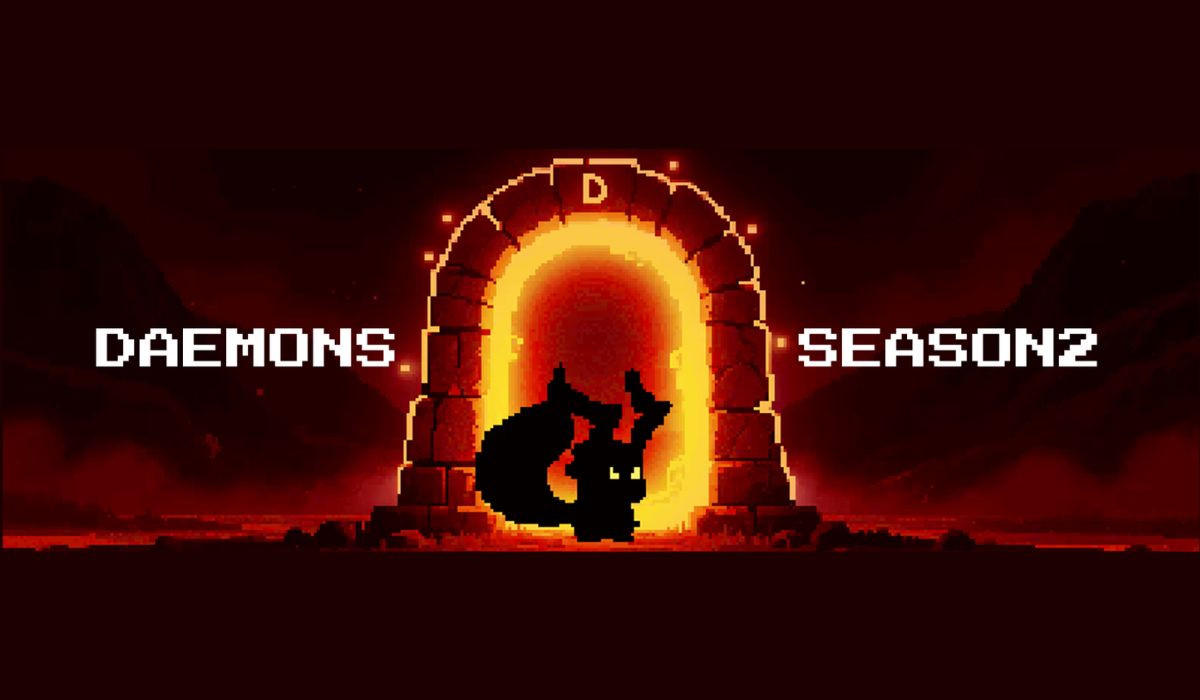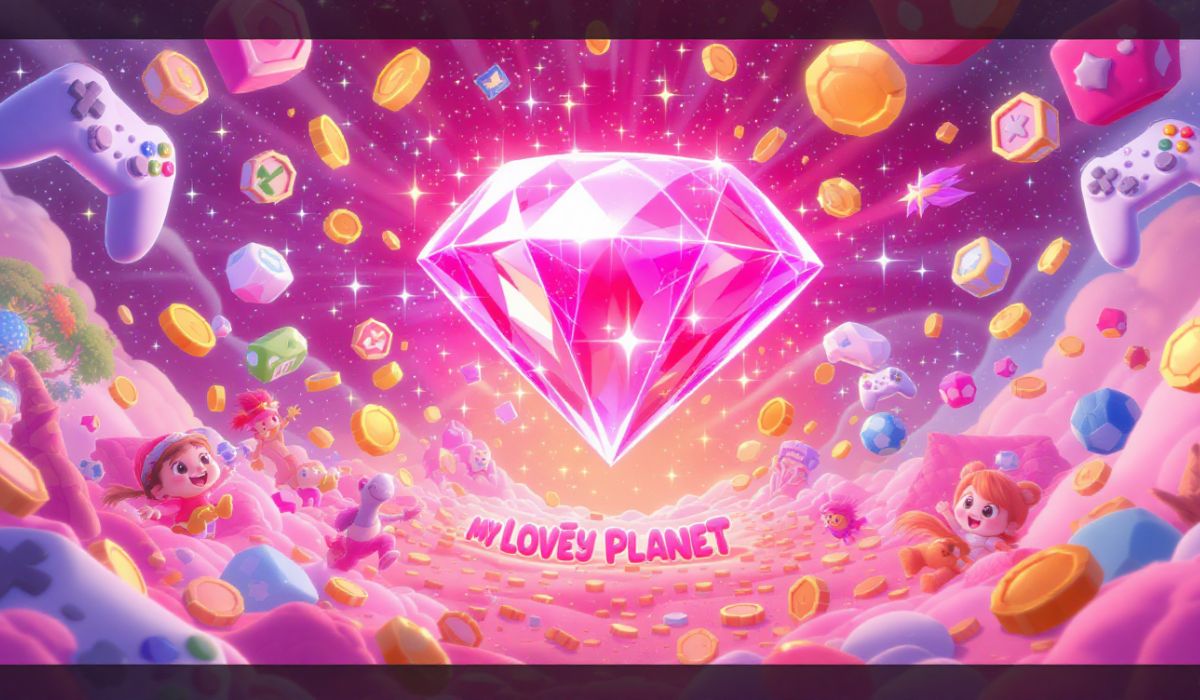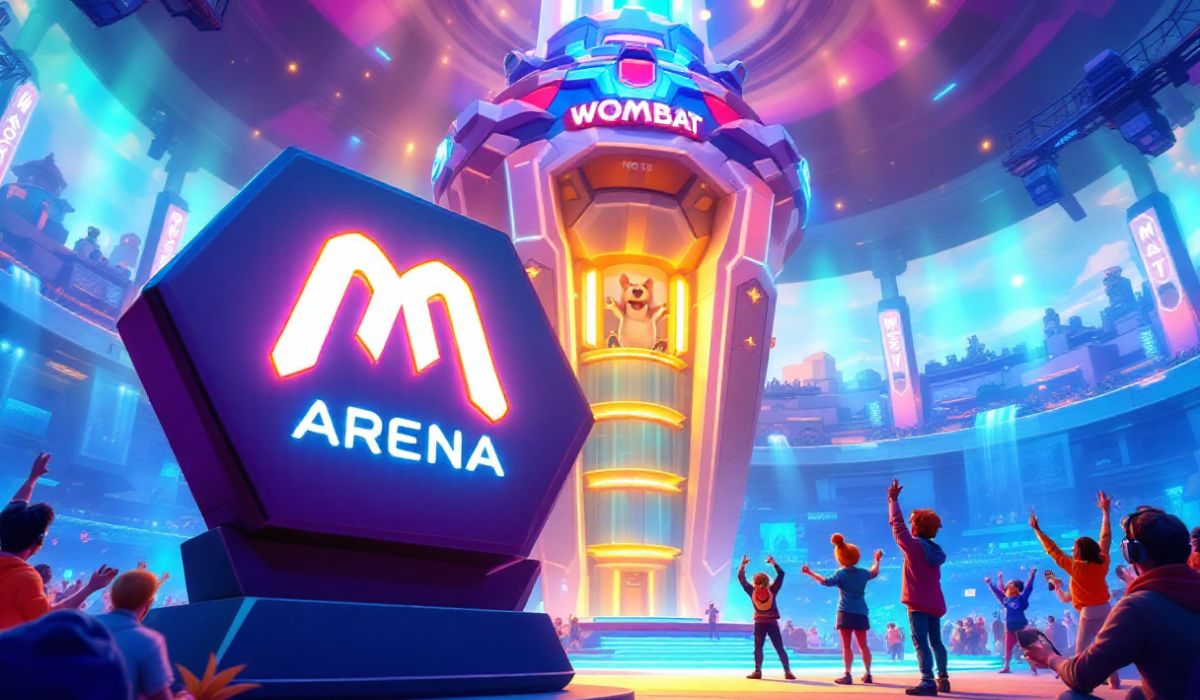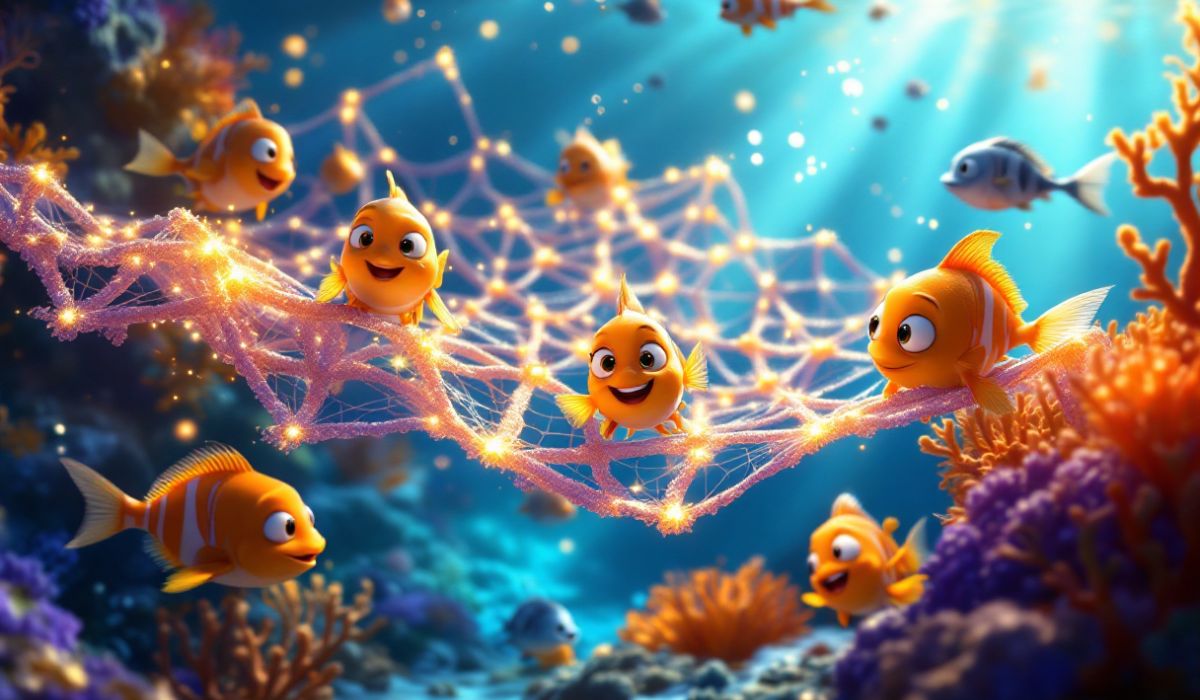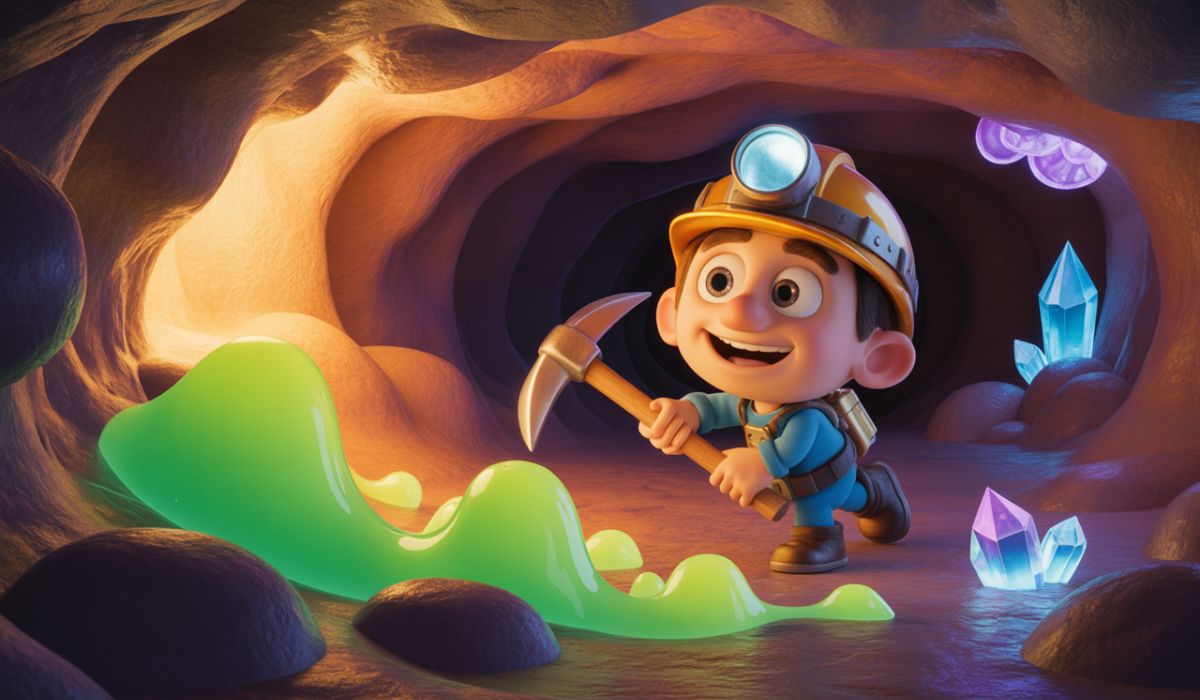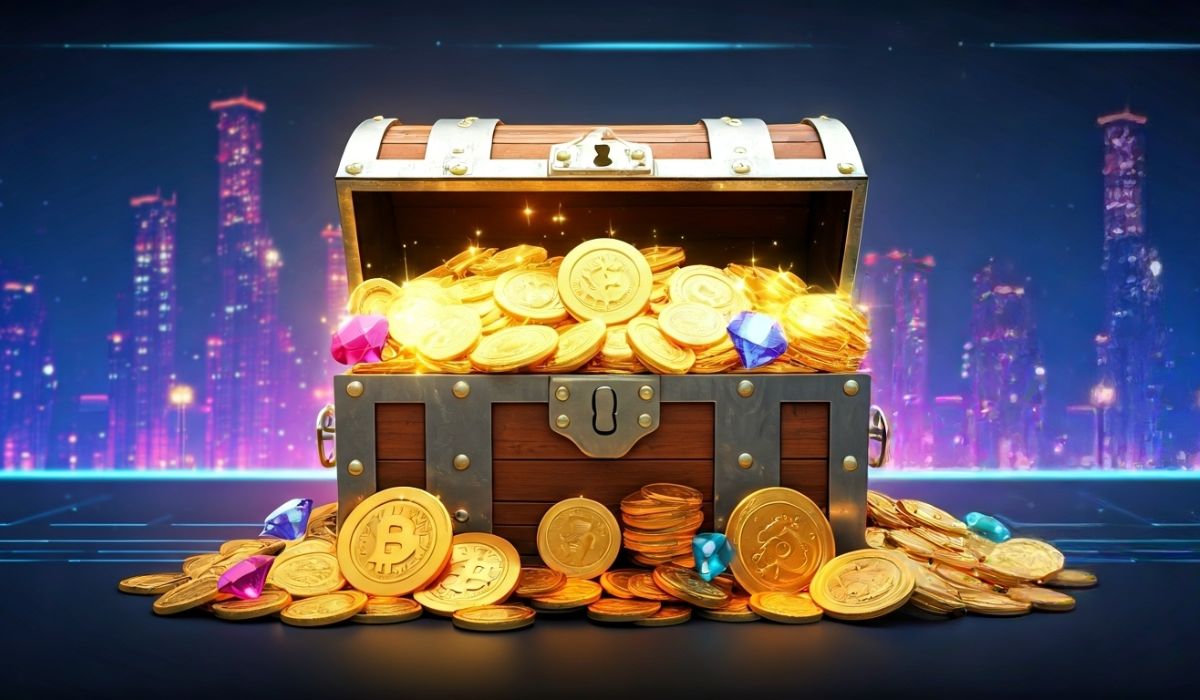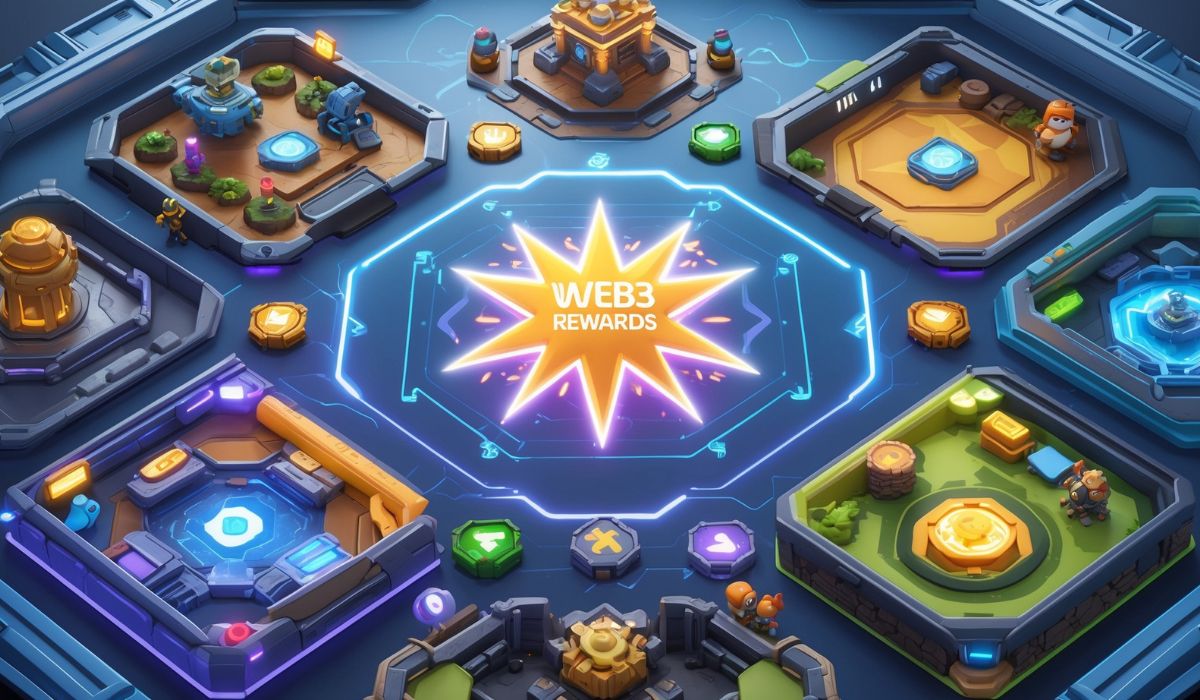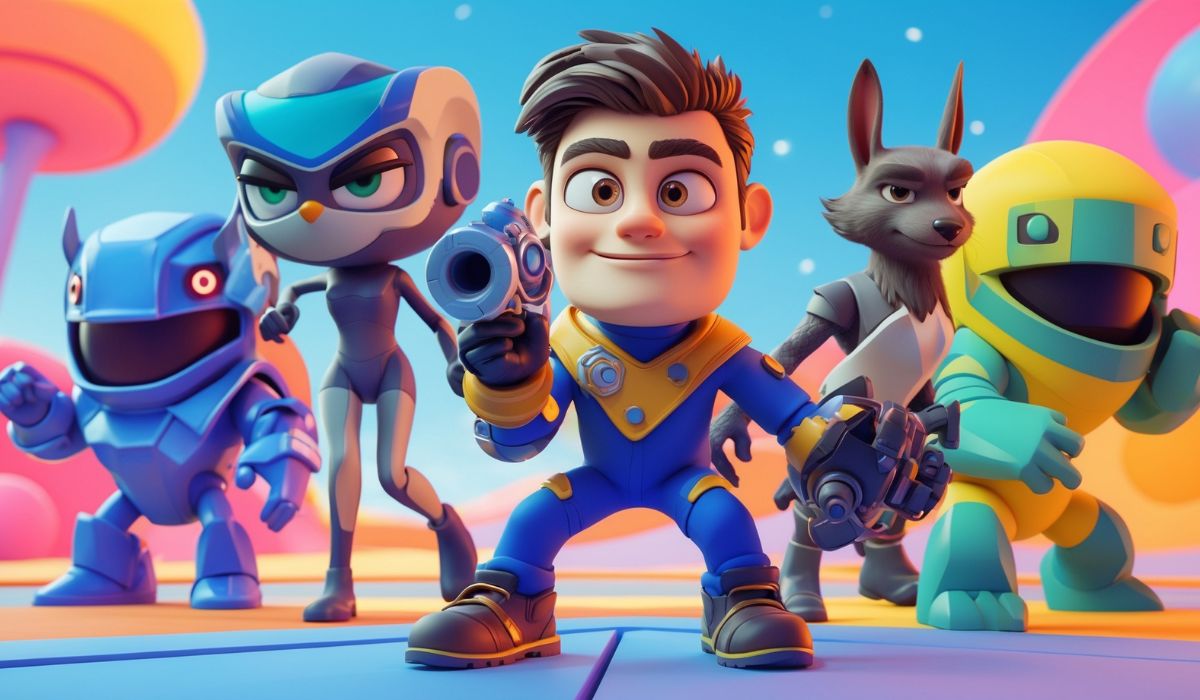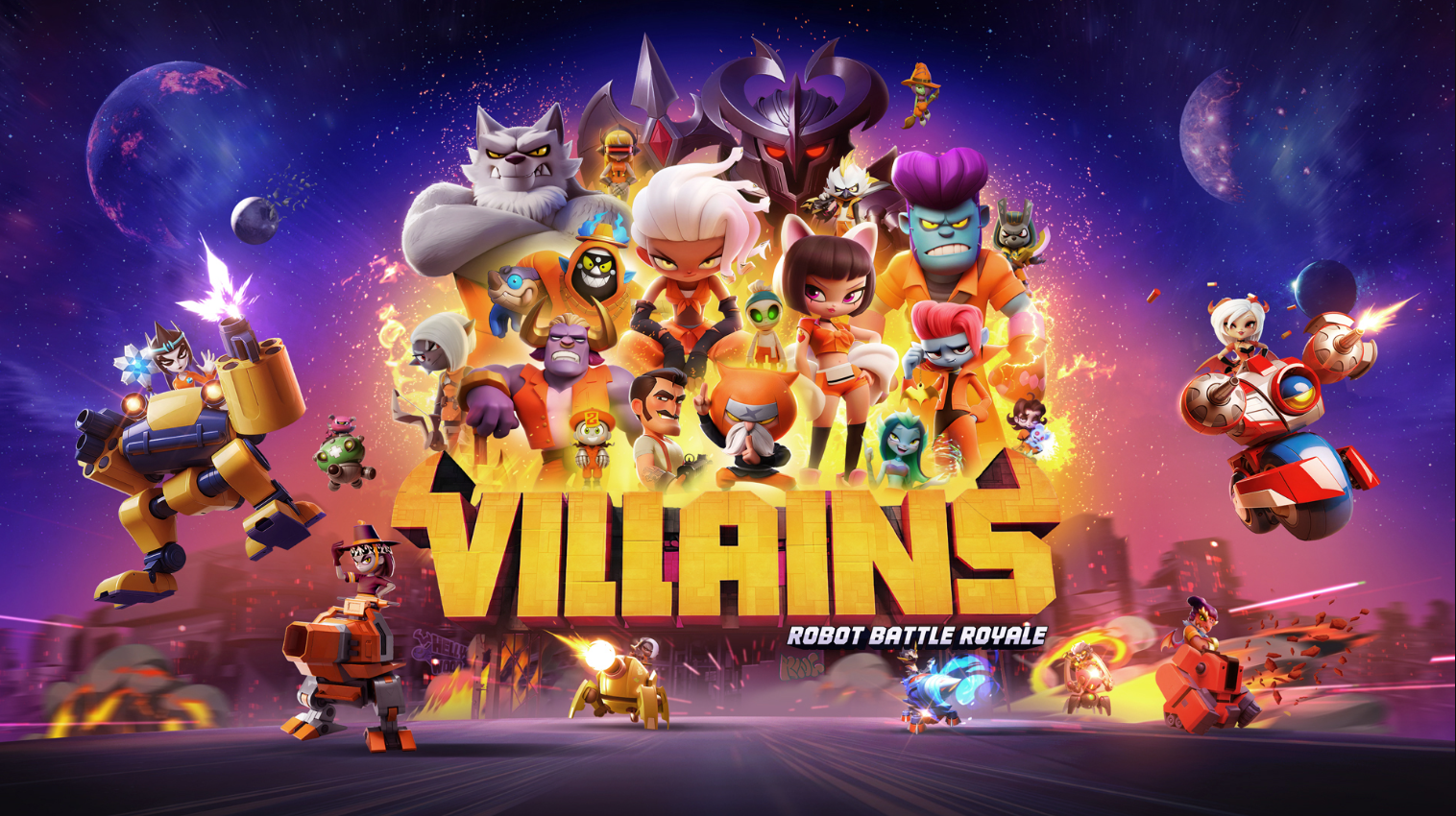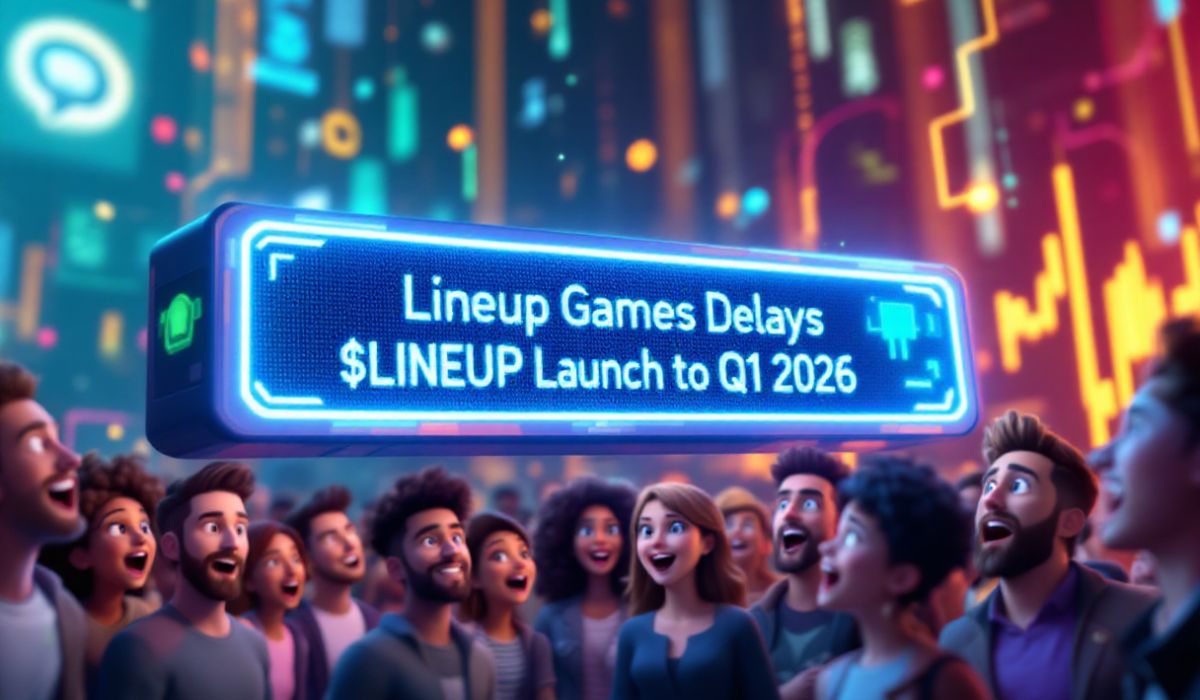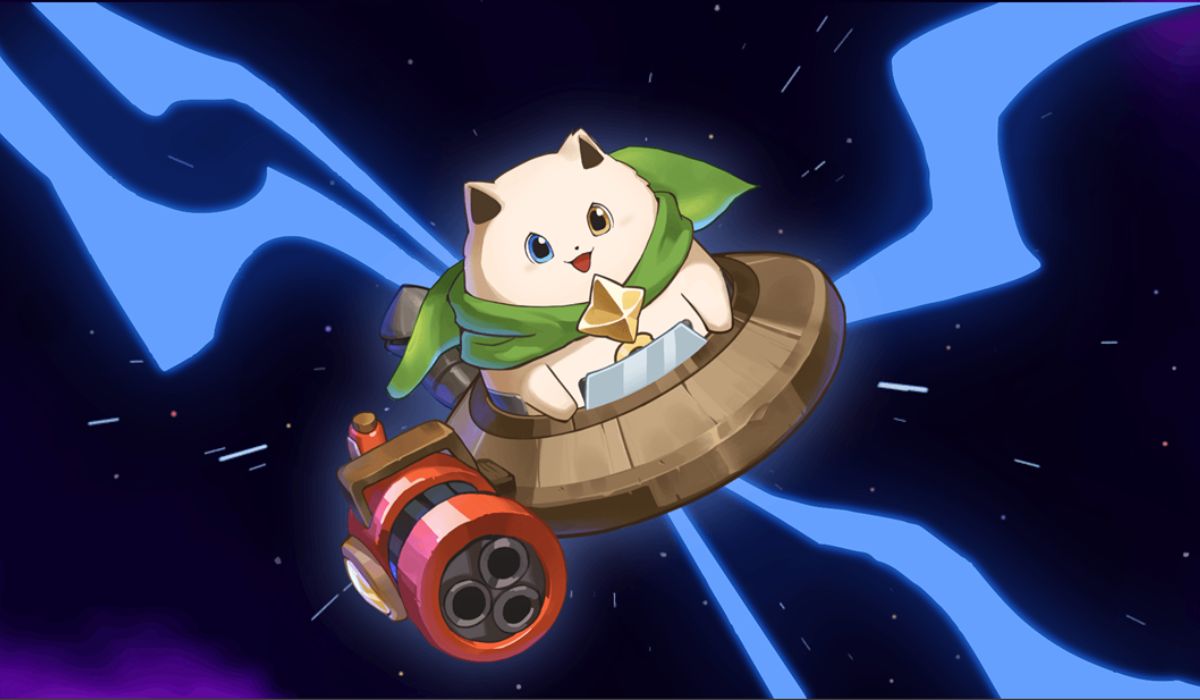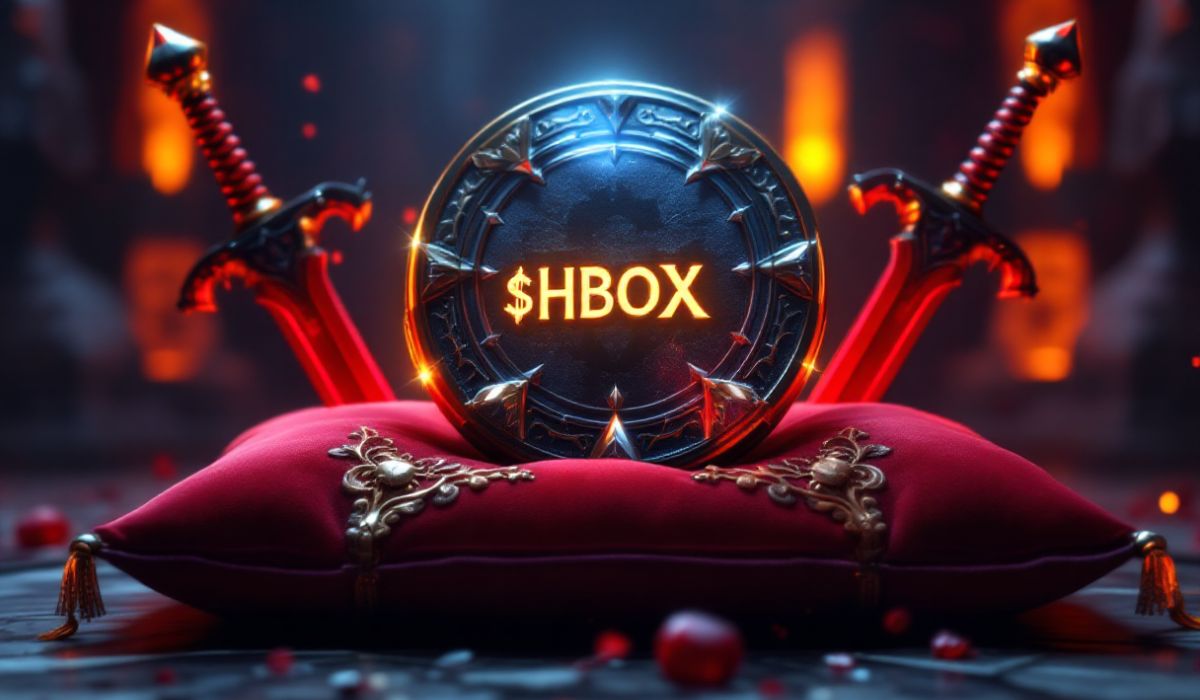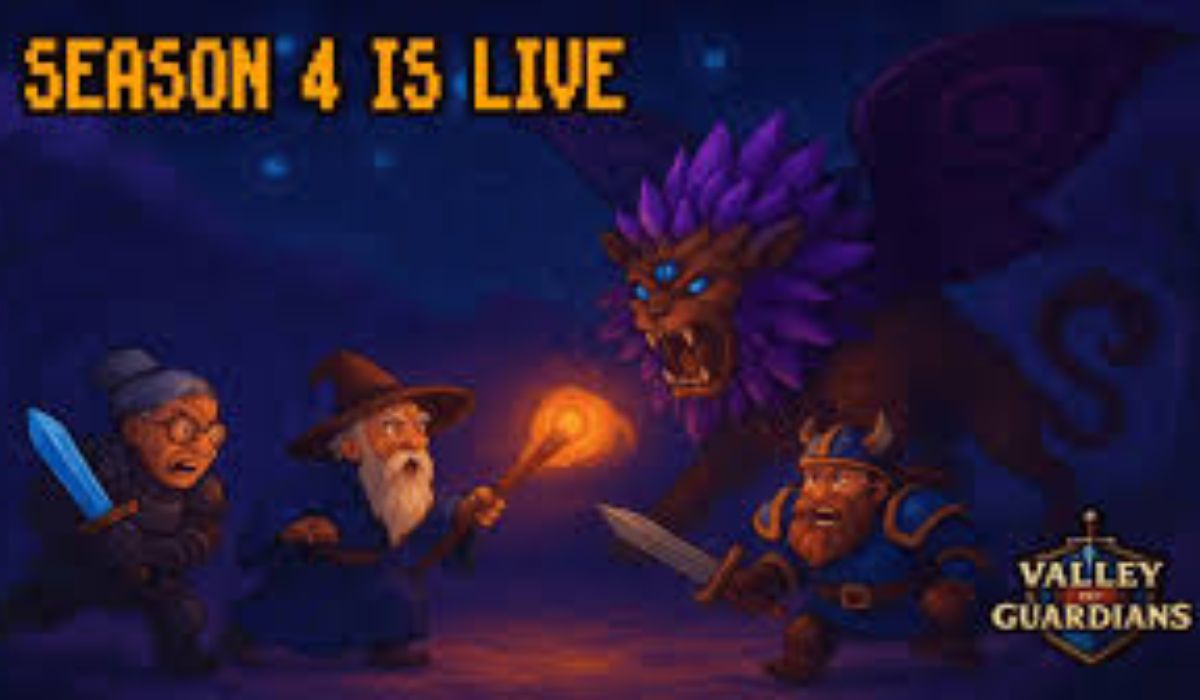Web3 Games Development: How to Build the Next Blockchain Gaming Sensation!

Web3 Games Development
Gaming has always been about power—the power to control a world, shape a story, and outplay the competition. But for years, gamers had no real power over the games they love. All those hours grinding for rare skins, unlocking achievements, and leveling up characters? They meant nothing when the servers shut down.
Enter Web3 gaming, where your grind actually matters. This isn’t just about playing games anymore; it’s about owning them. It’s about earning real rewards, controlling in-game economies, and helping build the next gaming empire. If you’ve ever dreamed of creating your own blockchain-powered gaming sensation, now is the time.
What the Heck Is Web3 Gaming, and Why Should You Care?
If you’re tired of traditional games that treat players like disposable cash machines, Web3 gaming is your rebellion. This is gaming built on the blockchain, meaning that everything you earn—characters, weapons, skins, even land—is actually yours.
Imagine unlocking an insanely rare weapon in a game and then selling it for real money. Or creating an in-game business that earns passive income. Or even better building your own game and letting players shape its world in real-time. This isn’t the future of gaming. It’s already happening.
Read more: What are Web3 Games – The Future of Gaming or Just a Bubble?
The Blueprint for Building the Next Big Web3 Game
The industry is blowing up, and new Web3 games are launching every month. But not all of them are worth playing. The truth is, most Web3 games fail because they focus too much on the “crypto” and not enough on the actual fun. No one wants a game that’s just an overhyped NFT marketplace with terrible mechanics.
If you’re serious about creating the next blockchain gaming phenomenon, here’s how to make sure your game doesn’t end up as just another forgotten project.
Step 1: Build a Game That’s Actually Fun
This might sound obvious, but too many Web3 Game Development forget that gamers want to game. A blockchain game should be just as fun as any AAA title, or it’s dead-on arrival.
Think about the games that keep you up at night. Is it the insane combat of Elden Ring? The strategic depth of Starcraft? The chaotic fun of Fortnite? Whatever it is, your Web3 game needs to bring that same level of engagement.
Web3 mechanics—like NFT ownership, play-to-earn rewards, and decentralized economies—should enhance the experience, not replace it.
Step 2: Let Players Own and Shape the World
Imagine a game where players can own land, build cities, form armies, and create their own factions—all of it recorded on the blockchain. That’s the power of true player ownership.
Games like Decentral and The Sandbox have already tapped into this, letting players build their own experiences. But the next-gen Web3 games will take this even further.
What if players could vote on game updates? What if they could create in-game businesses? What if the rarest in-game items had real-world value and utility?
That’s the next level. That’s the game you should be building.
Step 3: The Economy Has to Work—Or Players Will Walk Away
Here’s where a lot of Web3 games crash and burn. They promise huge earnings, massive token rewards, and life-changing NFT drops, but they don’t actually build a sustainable economy.
If you want players to stick around, the in-game economy has to make sense. It has to reward skill, encourage long-term play, and avoid pay-to-win mechanics that kill competition.
Smart Web3 economies are built on:
- Scarcity – If everything is “rare,” then nothing is rare. The most valuable items should be earned through skill, risk, or effort.
- Utility – Every token or NFT should serve a real purpose. Can a sword be upgraded? Can land generate passive income? Give assets long-term value.
- Balanced Earning – If new players have no chance to succeed because the economy is dominated by early investors, your game will die.
Step 4: Keep the Blockchain Simple for Players
Gamers want to play games, not struggle with crypto wallets, confusing transactions, and complicated jargon. The best Web3 games will make blockchain elements invisible—seamless, integrated, and effortless.
- Players shouldn’t need a PhD in crypto to start playing.
- Signing up should be as easy as creating a Steam account.
- Earning and trading should feel natural and rewarding, not like a chore.
If your game feels like a crypto app first and a game second, you’ve already lost the battle.
Step 5: Build a Community, Not Just a Player Base
Traditional games have fans. Web3 games have communities. The best blockchain games don’t just sell NFTs and tokens—they bring players together.
A strong Web3 gaming community does more than just play the game. They:
- Create content, guides, and mods that improve the game.
- Market the game through word-of-mouth, bringing in new players.
- Vote on major updates, shaping the future of the game.
Games like Axie Infinity exploded because their community was deeply invested. They didn’t just play the game—they lived it. If your Web3 game has a passionate, engaged community, it will survive and thrive. If it doesn’t, it will disappear.
Ending thought
The gaming industry is shifting, and Web3 is at the center of the revolution. The biggest studios in the world—Ubisoft, Square Enix, and even Epic Games—are already dipping their toes into blockchain gaming. But the real innovation is coming from indie devs and visionaries who are building the next big thing right now. Whether you’re a developer, a gamer, or just someone who wants to be part of gaming’s future, this is your time to jump in.
Web3 gaming isn’t just about owning skins and weapons—it’s about owning the experience. It’s about giving power back to players. So, what’s your move? Are you going to sit on the sidelines, or are you going to build something legendary? The future of gaming is being written right now.

